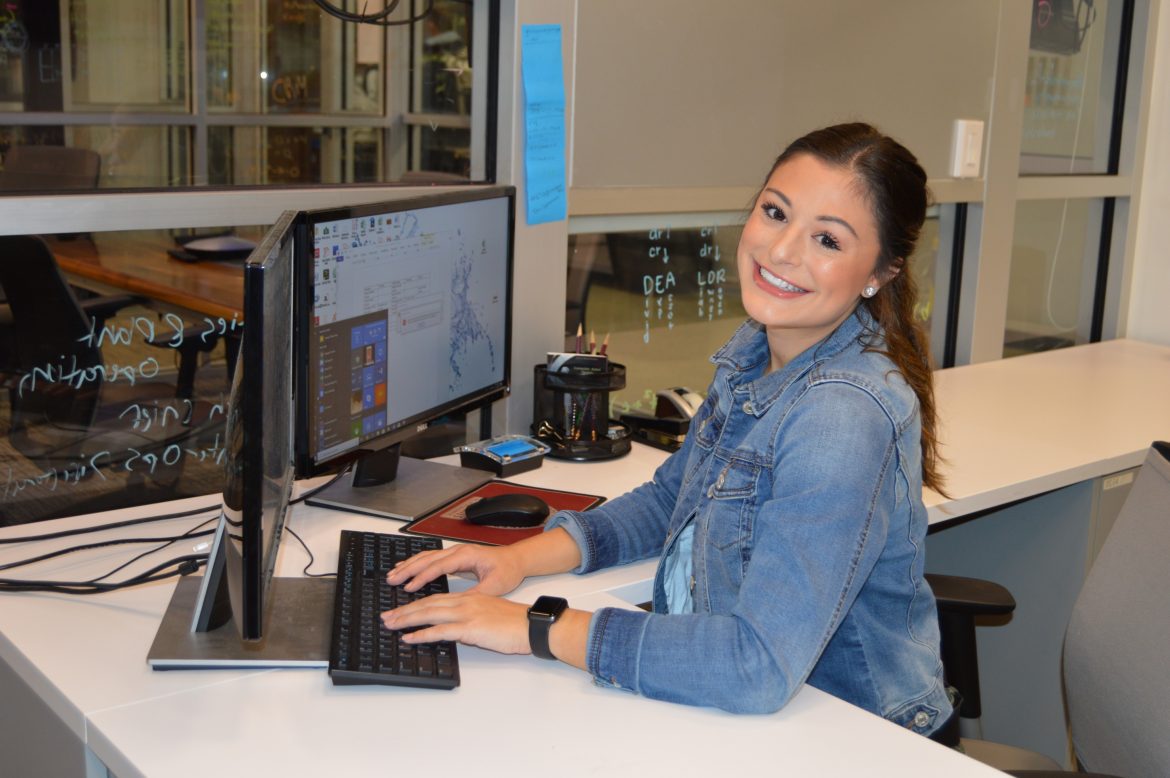Story by: Tom Lammert, Lecturer at MSU Department of English
Post-surgery patients wade through an anesthesia-induced haze, and once their thoughts become lucid they’re ambushed by two vicissitudes—they have to hear from amused (or appalled) loved ones what incoherent, inappropriate gibberish they uttered as the Propofol faded, and they realize that the next hours or days are to be spent in a hospital where the food is bland and using the bathroom consists of paging a nurse, rolling out of bed, and limping—or getting wheeled—to the toilet.
And such embarrassments and tedium don’t stop when the patient leaves the hospital. Even after an outpatient surgery, recoveries are hardly marked by seamless returns to normal life. Consider non- and minimally-invasive surgeries: an oral surgeon digs wisdom teeth from a patient’s mouth and the patient can’t talk for hours or chew real food for days; a patient has his or her appendix removed and his or her stomach aches for weeks; an athlete’s shredded anterior cruciate ligament (ACL) is replaced by a spare bit of tendon, and the athlete spends the following weeks resting, icing, compressing, and elevating the healing knee.
Jordan Henderson, a marketing student as Mississippi State University, has—unfortunately—endured the latter injury. Twice. When she was a freshman in high school, she tore her ACL during a soccer match. “[It] was really hard navigating my first year of high school and life while having this huge brace and crutches,” Henderson says. Not only was Henderson having to limp through a school she wasn’t yet familiar with, but once she arrived at a class, she’d have to tell the teacher, “By the way, I need a new desk and a new chair to keep my leg elevated.”
Two years later, she tore her other knee’s ACL. However, this second injury—while not an experience any reasonable person would describe as fun—wasn’t as difficult for Henderson because she “knew what to do and what to expect” during her recovery. “I would never wish ACL surgery on anyone because it’s awful,” Henderson says, “but it gave me this great idea [for a product] that wasn’t a thing.”
The great idea prompted by Henderson’s second ACL recovery is Brace Buddy, a collapsible and, therefore, portable kickstand that provides a healing knee elevation whenever and wherever it’s needed; a patient opens his or her backpack or purse, removes Brace Buddy, and sets it on the ground. Brace Buddy’s telescopic feature allows the user to adjust the height of the support, so it can accommodate the recovery process for short and tall users.
Henderson claims that Brace Buddy’s only competition is a chair. Her parents and grandfather recognized the originality and utility of Henderson’s product, so they encouraged her to develop a business plan to pitch during the Junior Achievement of Alabama (JA) Business Plan Challenge. She accepted the challenge, spent the second half of her senior year of high school developing Brace Buddy’s business plan, and in April of 2017 she pitched her product to the judges of the JA Business Plan Challenge. She won the state-wide competition, and after the competition some “big-time people” (e.g. CEOs of successful companies) approached Henderson to tell her that she needed to pursue Brace Buddy’s development.
This unsolicited praise for Henderson and Brace Buddy affirmed her confidence. It was an experience that “really pushed [her] to come to [Mississippi State University] and make [Brace Buddy] a thing.” Originally Henderson had been planning to attend Auburn University (she’s from Alabama), but her grandfather encouraged her to take a tour of Mississippi State University. When she visited State’s campus, she stopped by the E-Center and knew that she had to alter her college plans. According to Henderson, there’s nothing like the E-Center in Alabama, and she knew she needed to come to a school that would foster Brace Buddy’s development.
Henderson didn’t waste time taking advantage of the E-Center’s unique resources. She met with Jeffrey Rupp, the E-Center’s Director of Outreach, and Ryan Gilbrech, who currently serves as the CEO of MetaGames. They introduced Henderson to biomedical engineers, who—for about $100—developed the prototype for Brace Buddy.
With a working prototype in her purse, Henderson walked into her PREP pitch. She says that before having pitched to the judges at the JA Business Plan Challenge, presenting to an audience gave her anxiety; however, her preparation and professionalism impressed the PREP board, and she received funding.
Henderson’s next step is the ECAB pitch. She hopes that additional funding will allow her to secure a patent for Brace Buddy, but money isn’t the only invaluable resource she’s received from the E-Center. “Having support from the E-Center really helps you be confident in your idea,” she says. “People [can] come into the [E-Center] with little ideas, and they can go all the way to [the product’s] launch.”
The E-Center has bolstered Henderson’s confidence in Brace Buddy, and if Henderson receives funding for Brace Buddy and successfully develops and manufactures the product, Brace Buddy will give confidence to patients who are weary about finding an extra chair or desk to elevate a healing knee. All patients will have to do is open their backpack or purse, whip out and set up Brace Buddy, and they will feel a little better about what might otherwise be an arduous, tedious recovery.

